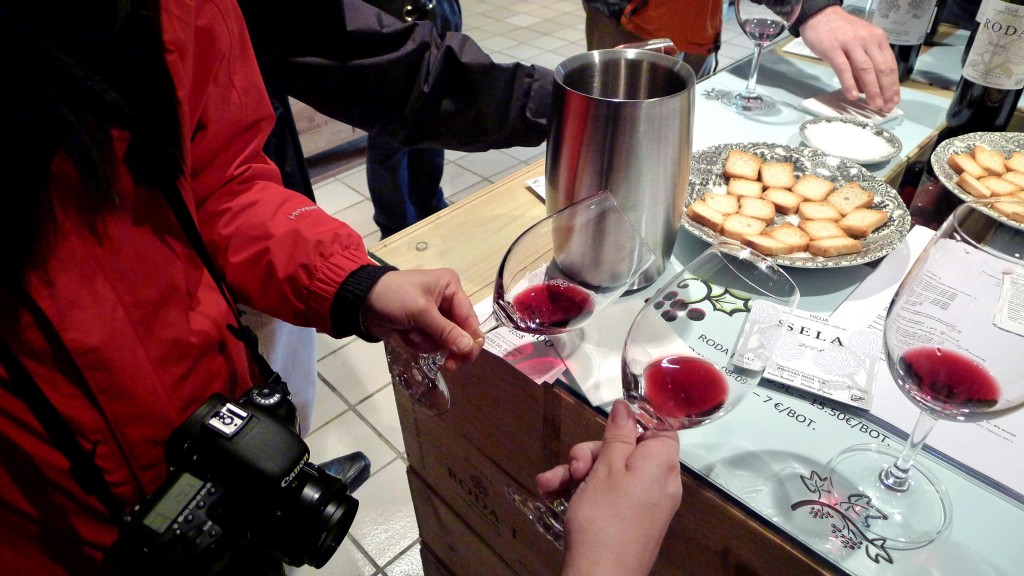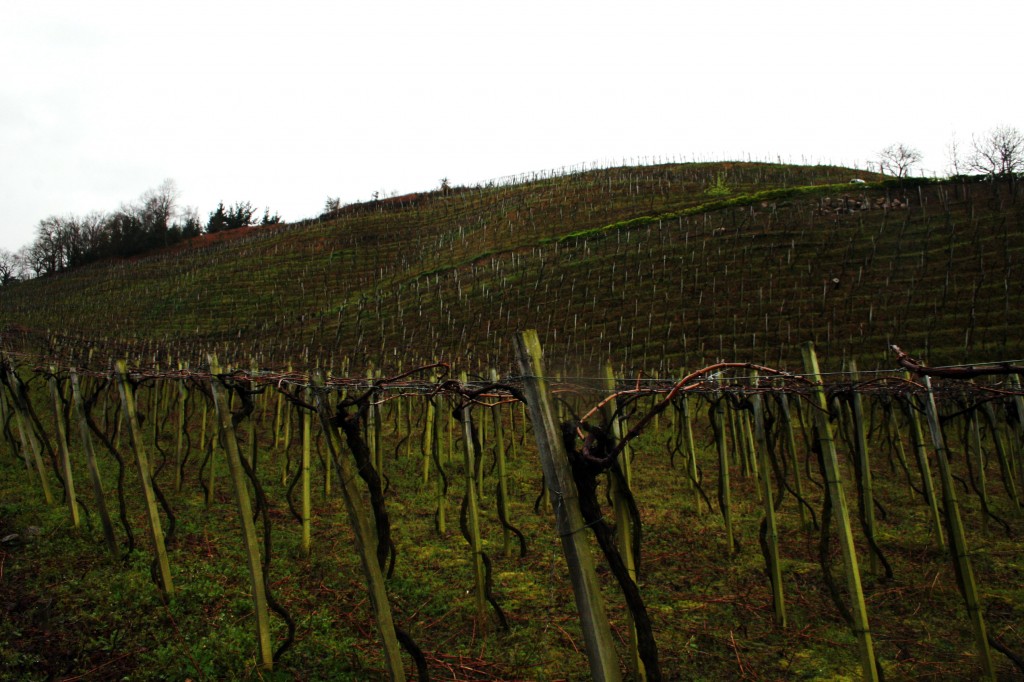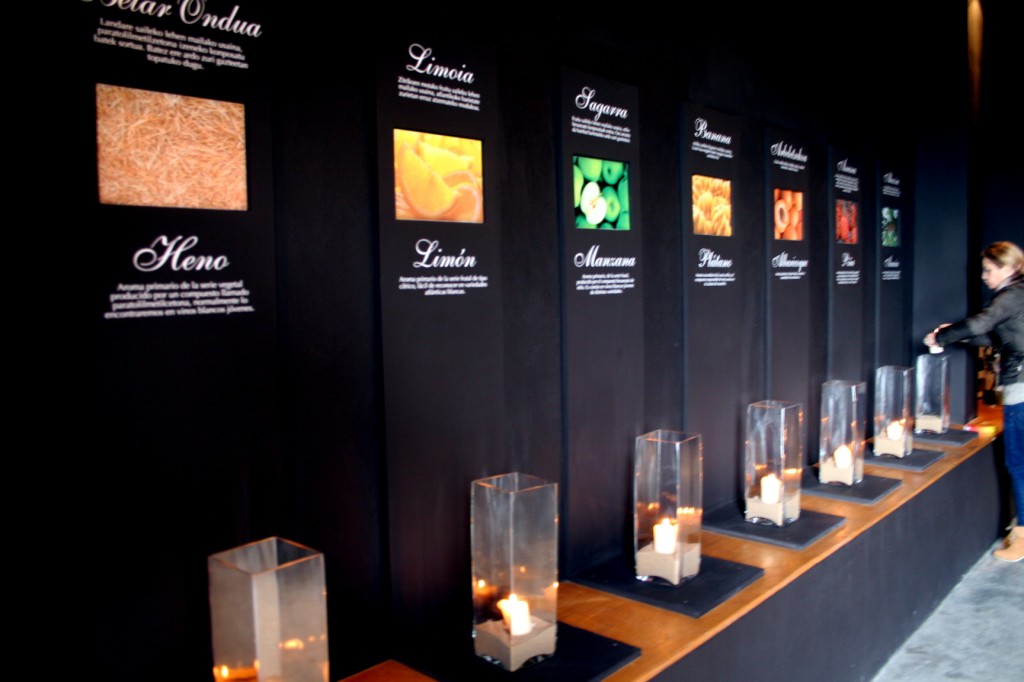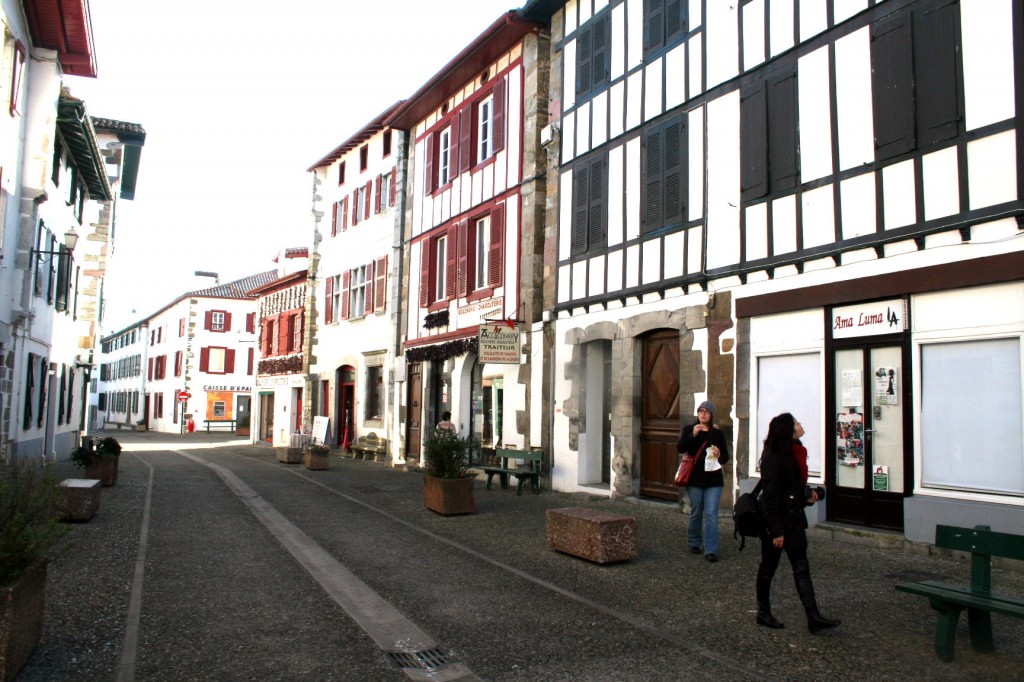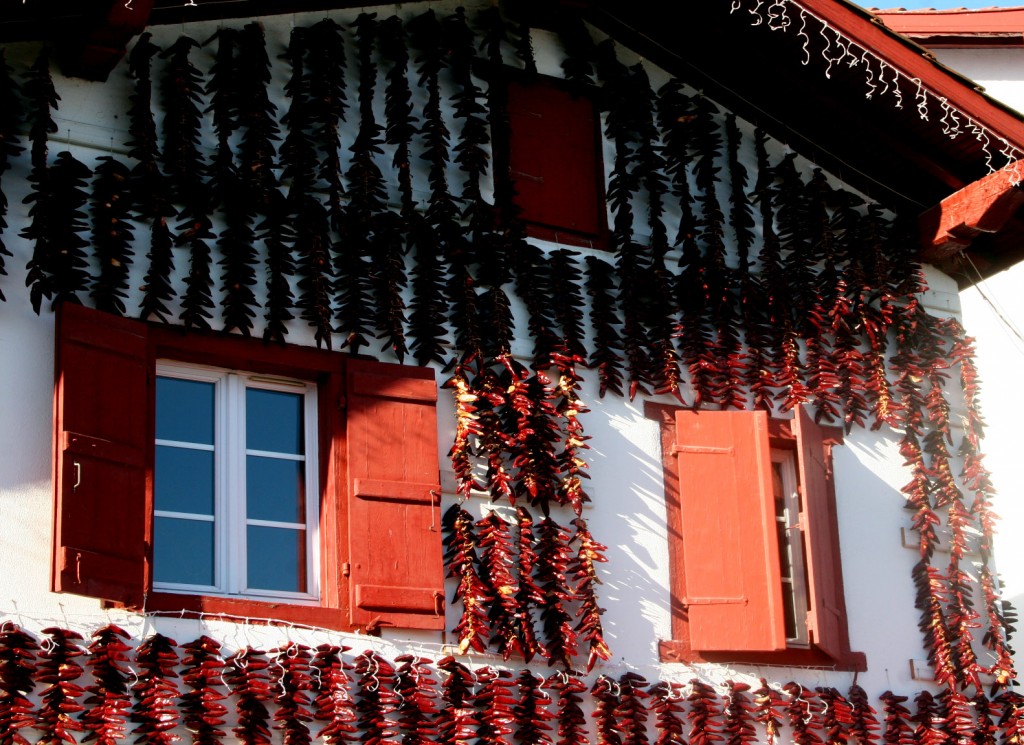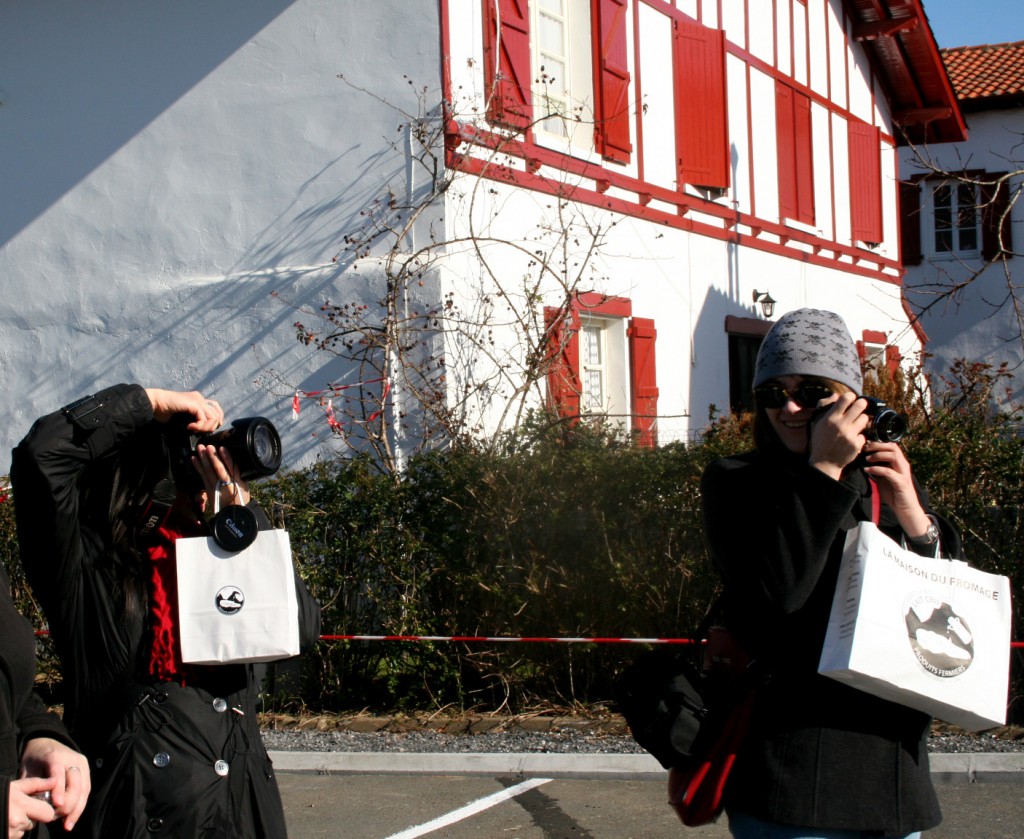There aren’t very many places more exciting for a chef to be than La Bretxa market in San Sebastián.
It’s the freshest fish you can find almost anywhere. And the variety is breathtaking: hake, squid, trout, salmon, tuna, anchovies, monkfish, john dory, sole, crabs, shrimp, mussels….you name it, and someone’s probably selling it.
So of course, it was a mandatory stop for Cameron and Marco, who have seen some amazing produce in kitchen Berasategui but hadn’t had the opportunity yet to shop for it themselves. Needless to say, they were wowed, just as the famous American food folks to walk through La Bretxa before them were. For everyone from Bourdain to the chefs and sous-chefs at Per Se, it’s a must-visit.
Just another reason that Basque Country is a gourmand’s mecca.













